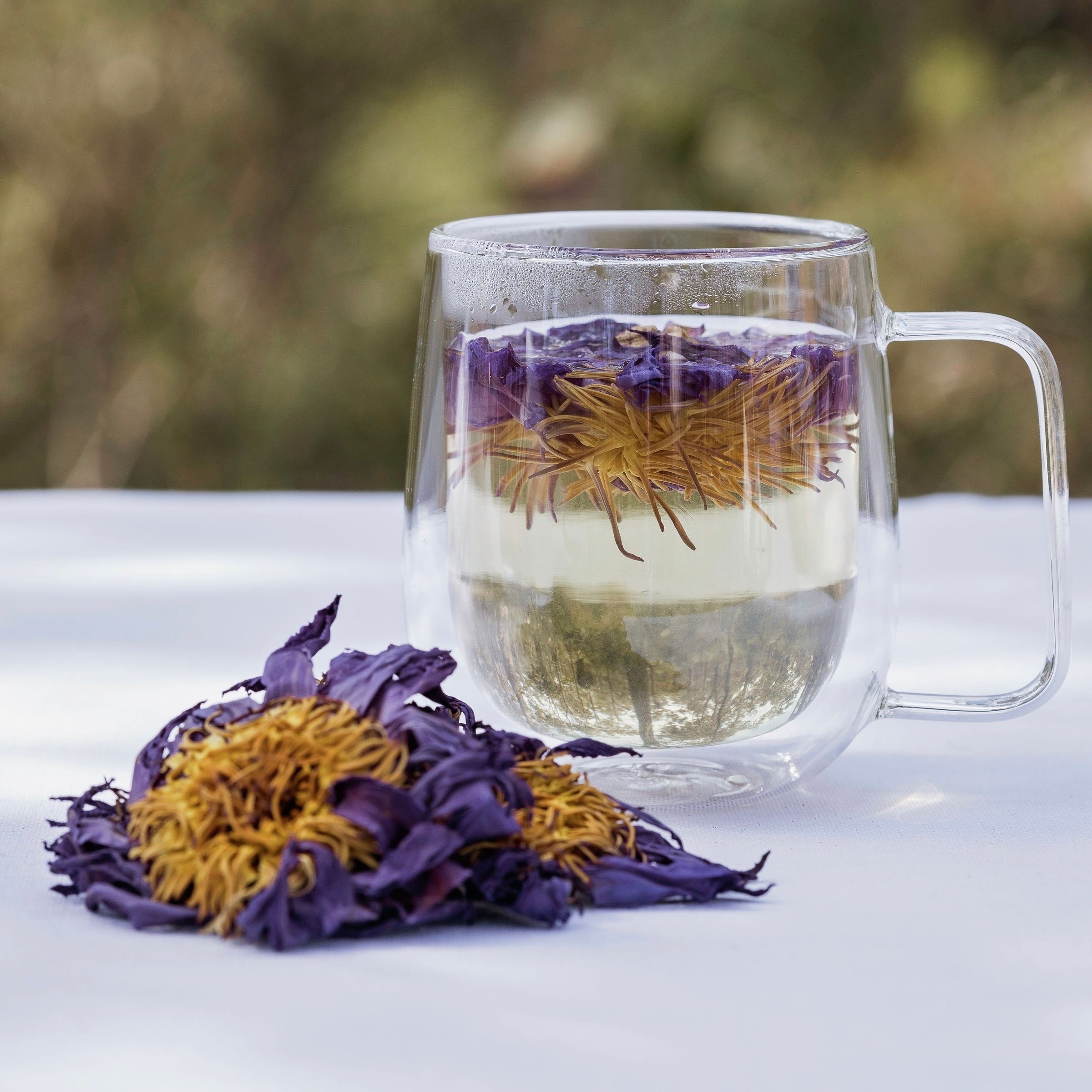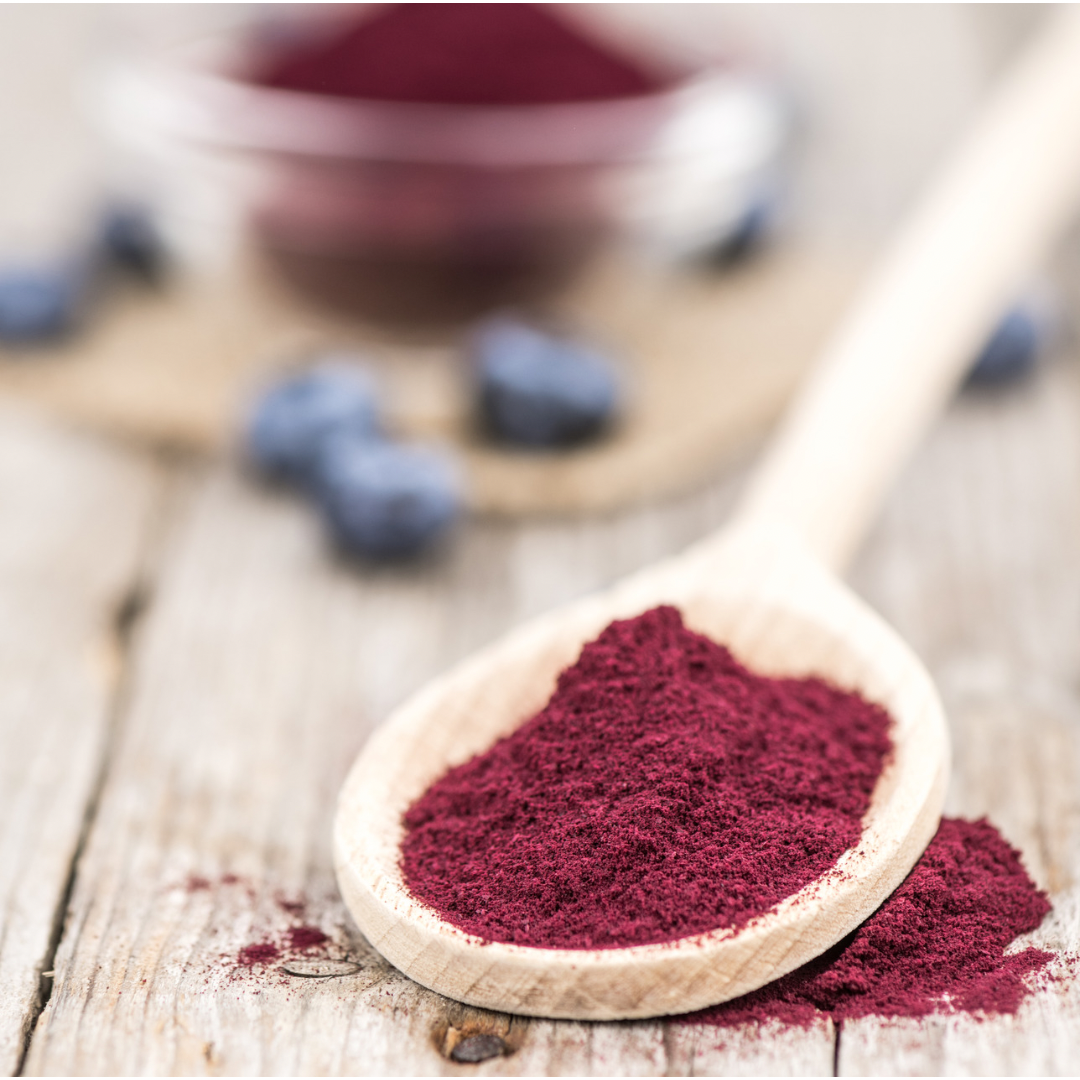
Blue Lotus: Relaxation & Libido Boost
The Blue Lotus (Nymphaea caerulea) has captivated the imagination of many with its reputed ability to elevate mood and support relaxation. Despite its name, the Blue Lotus isn't actually blue—it's more of a purple hue. This color hints at its high antioxidant capacity, as many purple foods are rich in antioxidants.
Historical and Traditional Uses
The Blue Lotus has a rich history, having been revered in ancient Egyptian culture for its symbolic and therapeutic uses. The ancient Egyptians held Blue Lotus in high regard, considering it sacred. When the tomb of young Pharaoh Tutankhamun was unearthed in 1922, his body was adorned with blue lotus petals. Initially, many historians believed the flowers were merely symbolic. However, evidence suggests that the plant was used as an aphrodisiac, sexual enhancer, stimulant, and medicine. Its legacy continues to captivate and inspire modern wellness practices.
Natural Wellness: What to Expect
For those curious about the wellness benefits of Blue Lotus, here's what you can expect:
Drinking Blue Lotus Tea
Drinking Blue Lotus tea provides a calming experience. The effects are more gradual, taking some time to kick in as the flower rehydrates and releases its compounds. The experience is generally milder and more subtle, providing a gentle sense of relaxation that lasts longer, making it a good option for sustained calm and stress relief. Watching the dried flower rehydrate and come to life in your teacup can be a magical and almost meditative moment. For the best-tasting results, use hot water—not boiling—when preparing Blue Lotus tea. This gentle approach preserves its delicate flavors and beneficial properties.
Some people expect that when you make Blue Lotus tea, the water will turn blue. However, this isn't the case. The water takes on more of a yellow color due to the yellow pigments in the flower's yellow stamen. This misconception might arise from the visually appealing blue ombre glass bottles used by some Blue Lotus brands for their face oils, where the product itself is actually yellow. The blue-colored tea you might have seen on the internet is likely blue pea flower.
Smoking Blue Lotus
Some people also enjoy smoking Blue Lotus. When smoked, the effects are felt almost immediately, providing a quick sense of relaxation. The experience can be more intense but shorter-lasting compared to drinking it as tea. Smoking the dried flower typically provides a peaceful and relaxed feeling. Some of our customers like to blend it with other herbs like damiana or mint for an enhanced experience.
Mild Psychoactive Properties
Blue Lotus contains mild psychoactive properties due to the presence of natural compounds like apomorphine and luciferin. Apomorphine is a dopamine agonist that stimulates dopamine receptors in the brain, while luciferin is a light-emitting compound found in bioluminescent organisms. These compounds contribute to the subtle psychoactive effects of Blue Lotus.
Benefits of Blue Lotus
-
Relaxation Support: The Blue Lotus is known for its ability to promote relaxation and a sense of well-being.
-
Libido Support: Historically revered by ancient Egyptians and Mayans, Blue Lotus was valued for its aphrodisiac properties, believed to enhance feelings of excitement and euphoria. Additionally, some research suggests that the active compound nuciferine might offer benefits related to muscle relaxation.
You can buy our pesticide-free Blue Lotus, grown in Egypt, HERE. Experience the magic of Blue Lotus with our beautiful, whole, and intact flowers—not fragmented petal pieces!
Disclaimer
Blue Lotus is intended for its traditional and wellness uses. Always consult with a healthcare professional before incorporating new herbal products into your routine.



Leave a comment
This site is protected by hCaptcha and the hCaptcha Privacy Policy and Terms of Service apply.